How to Grow a Superfood Garden
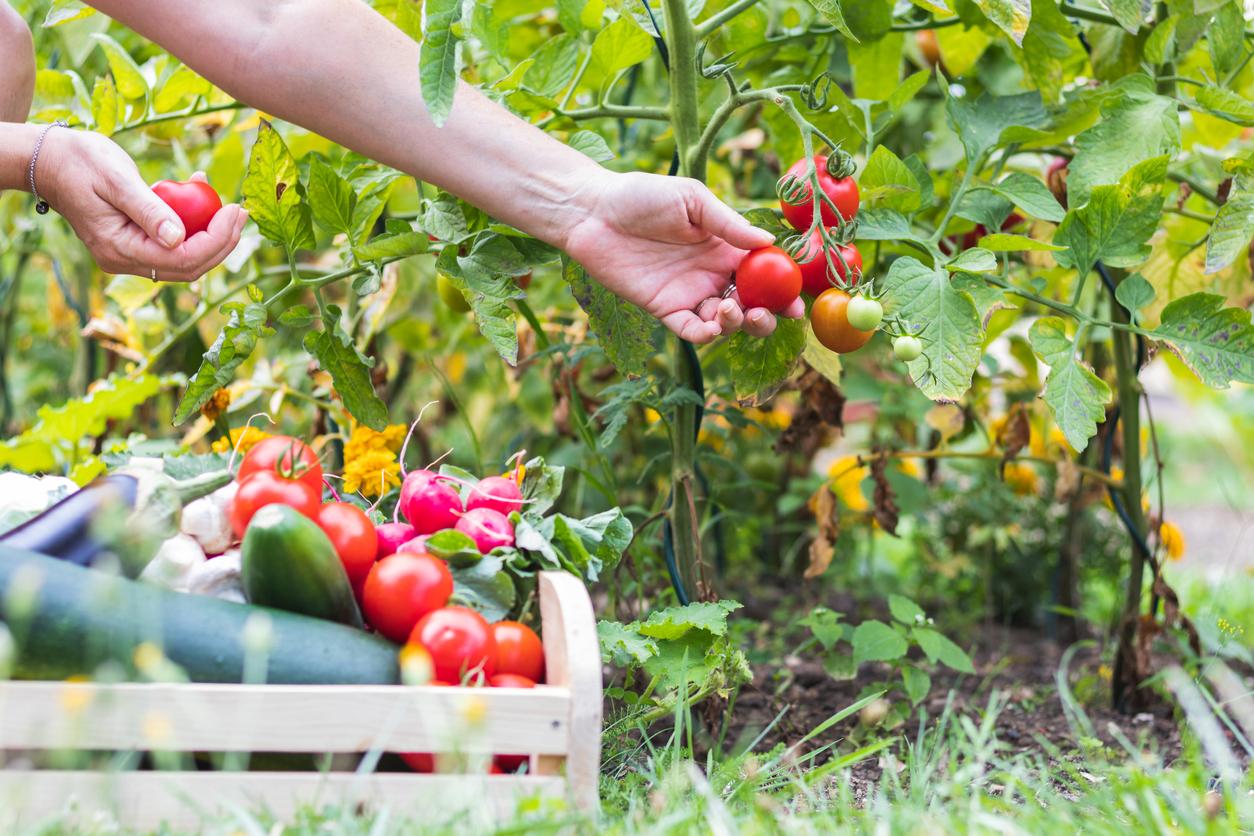
Organic foods are available at your local grocery store, but growing a superfood garden is another way to ensure healthy eating.
What is a superfood garden, you ask? And why grow one? Let us enlighten you!
Along with sunshine and fresh air that gets you out of the house, a superfood garden produces fruits and vegetables known for slowing down the effects of aging, increasing mental and physical strength, and providing an emotional boost.
Superfoods are rich in vitamins and minerals. Foods high in antioxidants are veggies like broccoli, artichokes, and spinach. Fruits like raspberries, blueberries, and cherries are also great choices, and they bring a little tang to your tongue.
Growing your own superfood garden starts with the types of fruits and veggies you like best. Sow a rainbow with red tomatoes, orange carrots, yellow squash, green beans, white onions, and purple eggplant. The options are endless!
How to Grow a Superfood Garden
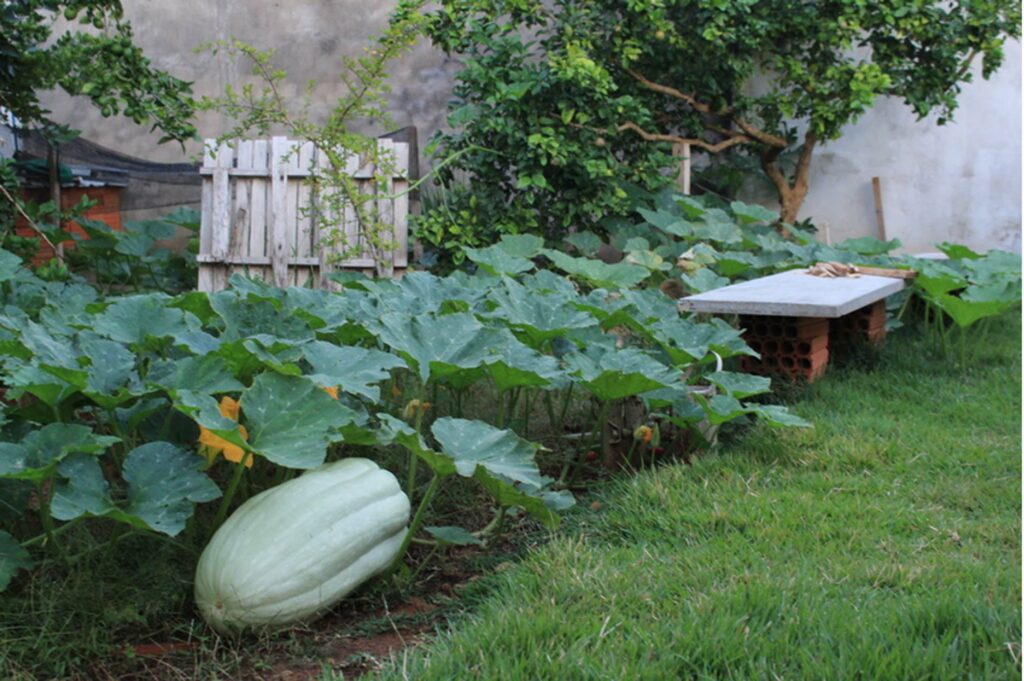
Courtesy of PXHere.com
Choose a spot that receives a mix of sun and shade (6 to 8 hours of sun per day is optimal). Seeds, rootstocks, and pre-planted seedlings to get you started are available at garden centers.
Soil, sunlight, hydration, and your location’s gardening zone determine what would work best in your backyard. And when it comes to home and food safety, it’s important to make a plan before you start digging.
With pen and paper, draw a basic graph with dimensions for the available space. This should give you a general idea of how things will look (but don’t worry if the actual garden is different –– you know what they say about the best-laid plans).
Sunshine
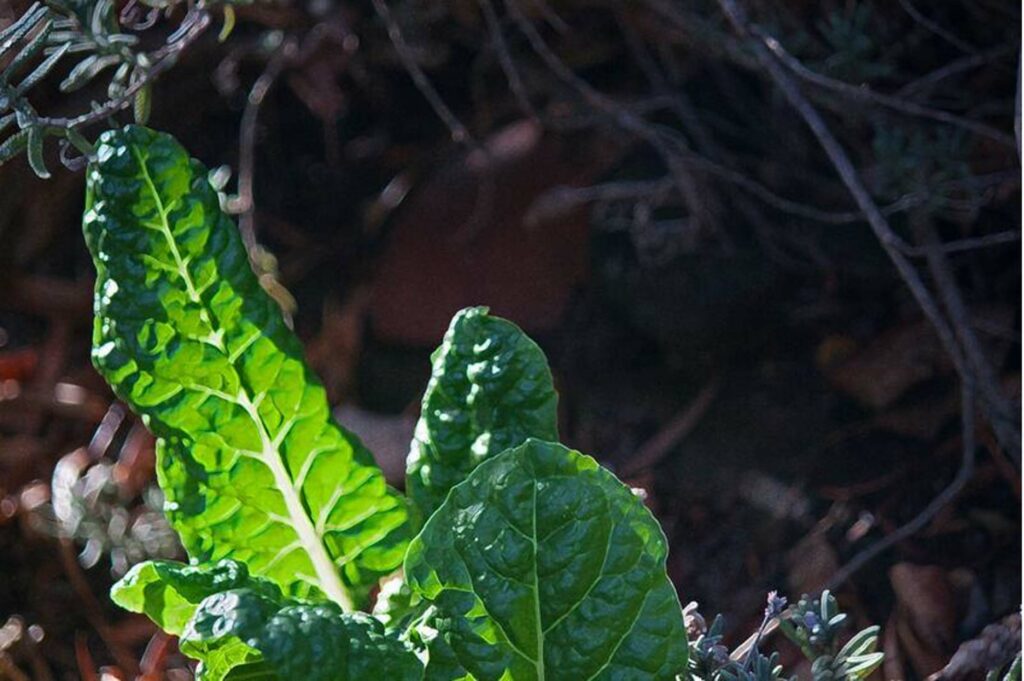
Courtesy of PublicDomainPictures.net
Choose a sunny spot with well-draining soil –– stopped-up soil may lead to drowned roots and overly-wet roots will most likely rot. Prevent root rot by monitoring the amount of rainfall. If it’s more than an inch per week, add organic mulch (like minced leaves or wood chips) to absorb excess moisture. Watering with sprinklers and hoses is OK in dry weather, as long as you don’t overdo it.
Soil Types and Prep
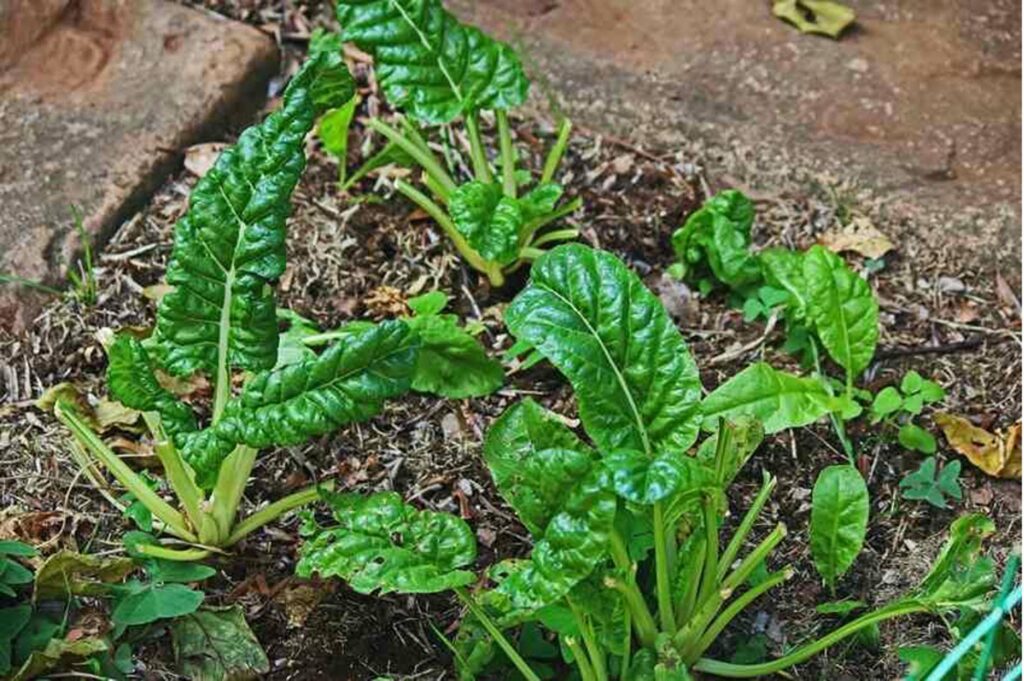
Courtesy of PublicDomainPictures.net
Knowing the type of soil in your yard is the start of a thriving superfood garden. Soil is made up of rocks that break down over time, mostly a blend of sand, silt, and clay. Test the soil for pH value –– a level between 6.0 and 7.0 is optimal.
N-P-K chemical and organic fertilizers are available for amending acidic or alkaline soil.
- Nitrogen brings out the green color in leafy and stalky vegetables like lettuce, broccoli, cabbage, and spinach.
- Phosphorus encourages plant growth and strong roots as it develops fruits and seeds.
- Potassium strengthens roots.
Organic soil fertilizers include compost, animal manure, minced leaves, clean wood shreds, and bone meal. Inorganic (chemical) fertilizers have mixes of lime, vermiculite, sand, and perlite.
Garden Tasks
Here are a few more chores for your spring project list.
- Measure the area and then dig up the grass with a spade. Cut sod into small squares to pull up from the ground.
- Rake the soil to remove rocks and debris and to break large clumps into granules.
- Loosen soil from 8 to 12 inches deep (to allow roots to spread into the ground).
- Apply 2-3 inches of organic matter, such as mulch or compost.
- Remove established weeds and then apply plastic sheets to help “suffocate” germinating seedlings.
Superfood Suggestions
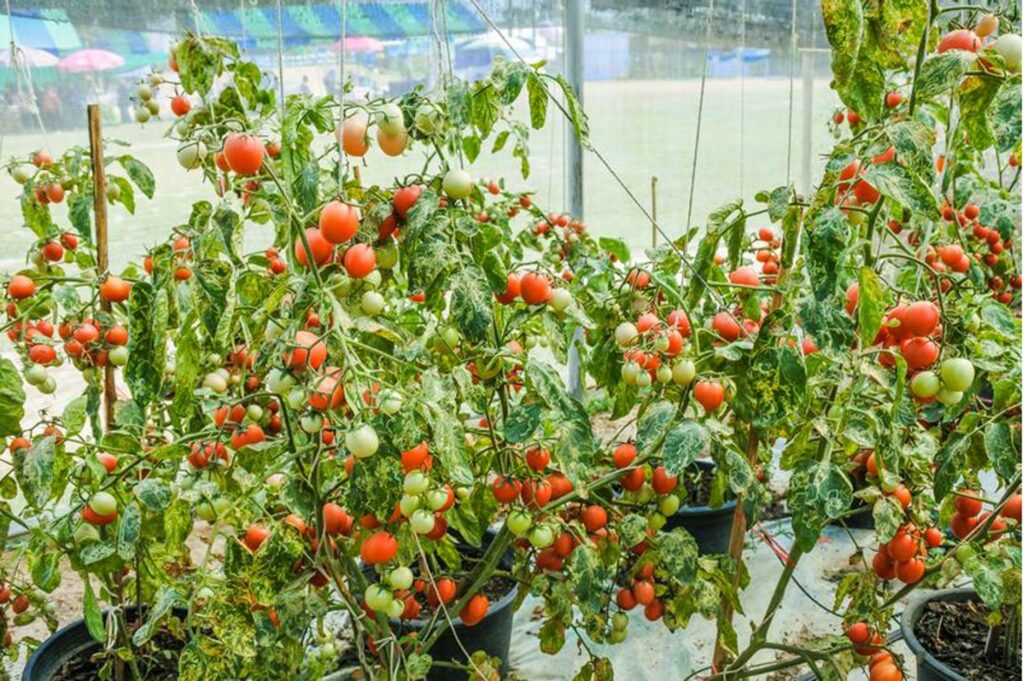
Courtesy of PXHere.com
With so many vitamin-rich foods available, here are a few ideas for your home garden.
- Berries are high in antioxidants. Blueberries, raspberries, blackberries, and the like, are easy to grow in a home garden and along fences.
- Cruciferous vegetables like broccoli, kale, Brussels sprouts, and turnip greens provide a satisfying “crunch factor.” Cruciferous veggies contain vitamin C, omega-3 fatty acids, copper, and carotenoids.
- Legumes are full of healthy vitamins and fiber. Beans and peas are easy to grow.
- Tomatoes contain vitamin C, potassium, and lycopene. Tangy tomatoes are known to boost memory and improve sleep, among other things.
Once your garden is established and you’re reaping the fruits of your labors, check out some of our recipes to cook up with your superfoods. Fresh fruits and vegetables are part of a healthy diet and they don’t get any fresher than coming directly from your backyard garden.
 Teri Silver is a journalist and outdoor enthusiast. She and her husband live on five acres with a vast lawn, three gardens, a farm pond, many trees, and a lot of yard work! The best parts of the year are summer and fall when home-grown veggies are on the dinner table.
Teri Silver is a journalist and outdoor enthusiast. She and her husband live on five acres with a vast lawn, three gardens, a farm pond, many trees, and a lot of yard work! The best parts of the year are summer and fall when home-grown veggies are on the dinner table.






